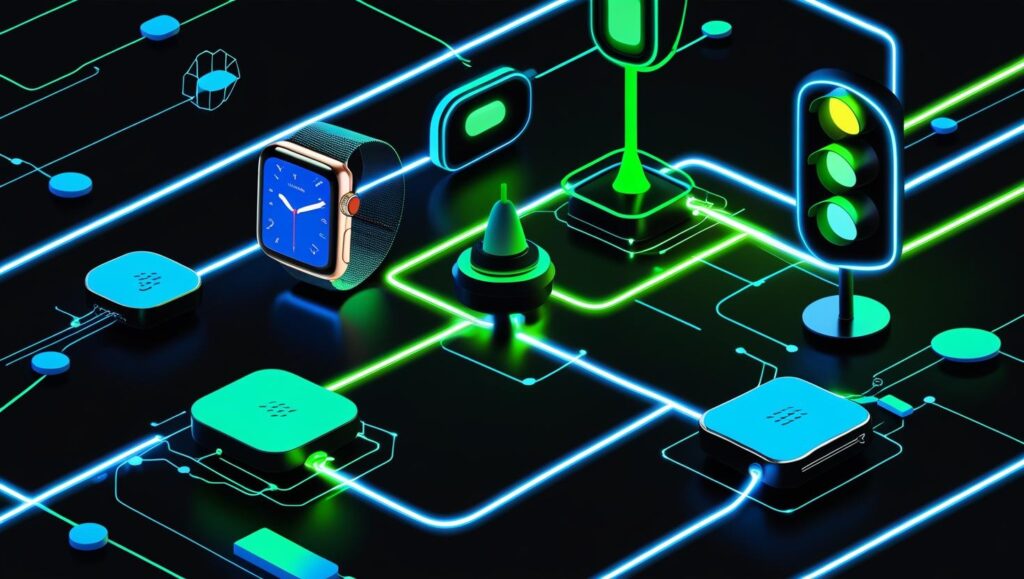Edge Computing Boosts IoT Speed and Scalability Now

Imagine a world where your smart devices respond instantly, without lag or glitches. That’s the power of edge computing! It’s changing how the Internet of Things (IoT) works by making devices faster and more efficient. Edge computing processes data right where it’s created, like on your smartwatch or a factory sensor, instead of sending it to faraway cloud servers. This blog post explains how edge computing transforms IoT, why it matters, and how it solves real-world problems. Ready to dive in?
What Is Edge Computing?
Edge computing is a simple idea with a big impact. Instead of sending all your device’s data to the cloud for processing, edge computing handles it locally—on the device or a nearby server. Think of a smart thermostat adjusting your home’s temperature without waiting for a distant server to respond. This approach cuts delays and saves bandwidth.
Why does this matter for IoT? IoT devices, like security cameras or fitness trackers, create tons of data. Sending all that data to the cloud can slow things down and clog networks. Edge computing keeps things fast and efficient, making your devices smarter and more reliable.

Why Edge Computing Matters for IoT
Edge computing is a game-changer for IoT systems. Here’s why it’s so important:
- Super-Fast Responses: By processing data locally, edge computing slashes the time it takes for devices to act. For example, a self-driving car can spot obstacles in milliseconds.
- Less Network Stress: Only the most important data goes to the cloud, saving bandwidth and reducing costs.
- Works Offline: Edge devices can function even without internet, perfect for remote areas like farms or factories.
- Handles More Devices: As IoT grows, edge computing spreads the workload, making systems scalable.
These benefits make edge computing essential for today’s connected world. From smart homes to giant factories, it’s solving problems we didn’t even know we had!
How Edge Computing Boosts IoT Speed
Speed is everything in IoT. Imagine a smart traffic light that adjusts signals instantly to ease congestion. Edge computing makes this possible by processing data right at the traffic light, not miles away in a data center. This cuts latency—the delay between data creation and action—to almost zero.
For example, in healthcare, edge computing lets wearable devices analyze heart rates in real-time. If something’s wrong, the device alerts doctors immediately, without waiting for cloud approval. This speed can save lives. Plus, by handling data locally, edge computing reduces network traffic, so your IoT devices run smoothly even during peak usage.
Want to know more about how edge computing powers specific IoT applications or tackles its biggest challenges? There’s so much more to explore!
[To read the full details, including real-world applications and solutions to edge computing challenges, check out our in-depth research paper!]
[Read the Research Paper Now]




